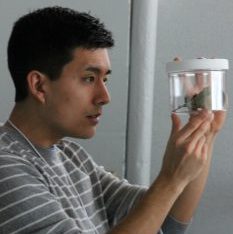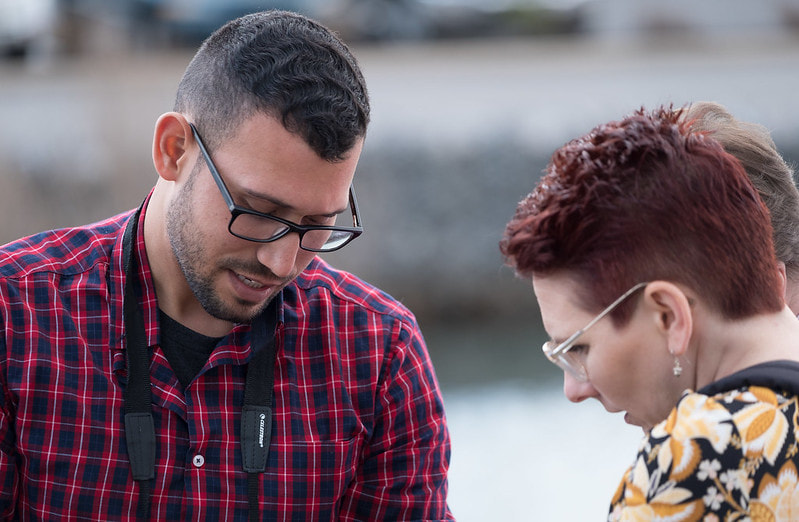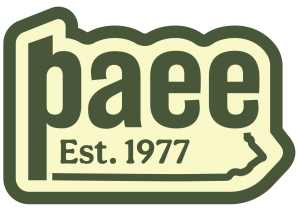DEI Resources

We have these resources labeled as:
(E) Entry level – I’m just getting started in my learning journey about these issues, and I want to know more
(I) Intermediate – I know a little bit, but I would like to feel more comfortable talking about these issues and making sure my work remains culturally relevant and responsive to the needs of BIPOC
(A) Advanced – I am ready to take a deep dive into these issues, and I am willing to take steps that might make me uncomfortable
(All) All Levels
Books
Don’t forget – most libraries have an electronic way to borrow books or to listen to audiobooks for free. Looking to purchase a book? Go through Bookshop.org to support your local bookstore!
(E) Black Faces, White Spaces by Carolyn Finney, PhD
(E) The Adventure Gap by James Edward Mills
(I) So You Want to Talk About Race by Ijeoma Oluo
(I) Dispossessing the Wilderness by Mark David Spence
(A) How to be an Antiracist by Ibram X. Kendi
(A) (EJ Focus) The Ecological Other: Environmental Exclusion in American Culture by Sarah Jacquette Ray
(A) (EJ Focus) The Tainted Desert: Environmental and Social Ruin in the American West by Valerie L. Kuletz
Podcasts
Other Organizations
Articles
(E) An Instructor’s Guide to Understanding Privilege
(I) (Sexism Focus) Making the Invisible Visible: Gender Microaggressions
Websites
(E) Stop AAPI Hate
(E) Asian Americans Advancing Justice
(E) Bystander Intervention Training
(All) Center for Diversity & the Environment
(All) Racial Equity Tools
(All) Learning for Justice: Teaching Hard History – American Slavery Classroom Videos
(A) Kim Case – Resources for building intersectional allies
Movies
(I) (Race Focused, Available on Netflix) When They See Us
(I) (Race Focused, Available on Netflix) 13th
Add Resources to this list!

Helpful Acronyms and Definitions
JEDI = Justice, Equity, Diversity, and Inclusion
Diversity is defined as “the collective mixture of differences and similarities that includes, for example, individual and organizational characteristics, values, beliefs, experiences, backgrounds, preferences, and behaviors”, according to the Society for Human Resource Management. Note that this definition of diversity is focused on the system level—a group of people, a region, an organization, and so on. Diversity is not an individual attribute; there is no such thing as a “diverse” person. Whether or not an individual adds to the diversity of a group depends on the specific demographics being measured within that group (from Society for Human Resource Management, cited in Diversity and the Conservation Movement, National Audubon Society, 2015)
Inclusion means welcoming and including a diverse range of people, and having their input and perspectives valued and considered within the context of a collective endeavor. While diversity can be measured in demographic data, inclusion is about process and culture. In general, the more diverse a group, the more challenging inclusion becomes. Organizations that do attract individuals who reflect the country’s demographics but ignore the need to create an inclusive culture often find low retention rates (from Society for Human Resource Management, cited in Diversity and the Conservation Movement, National Audubon Society, 2015)
Environmental Racism refers to those institutional rules, regulations, policies, or government or corporate decisions that deliberately target certain communities for least desirable land uses and higher adverse environmental impacts. Environmental racism includes the unequal exposure to toxic and hazardous waste and the systematic exclusion of people of color from environmental decisions affecting their communities (National Audubon Society, 2015)
Environmental Equity refers to equal protection under environmental laws and equal enforcement of those laws. Examples include non-discriminatory zoning and cleanup of hazardous wastes in all communities, and the effective regulation of industrial pollution, regardless of the racial and economic composition of the community (National Audubon Society, 2015)
Environmental Justice is broader in scope than environmental equity and refers to cultural norms and values, rules, regulations, behaviors, policies, and decisions to support sustainable communities, where all people can interact with confidence that their environment is safe, nurturing, and productive (National Audubon Society, 2015).

